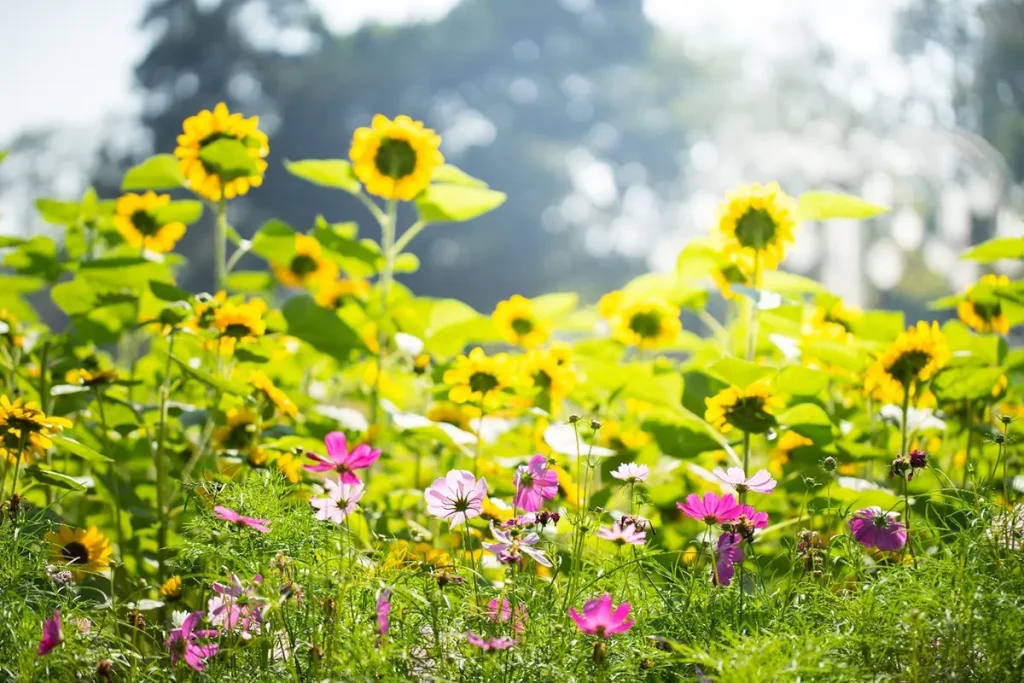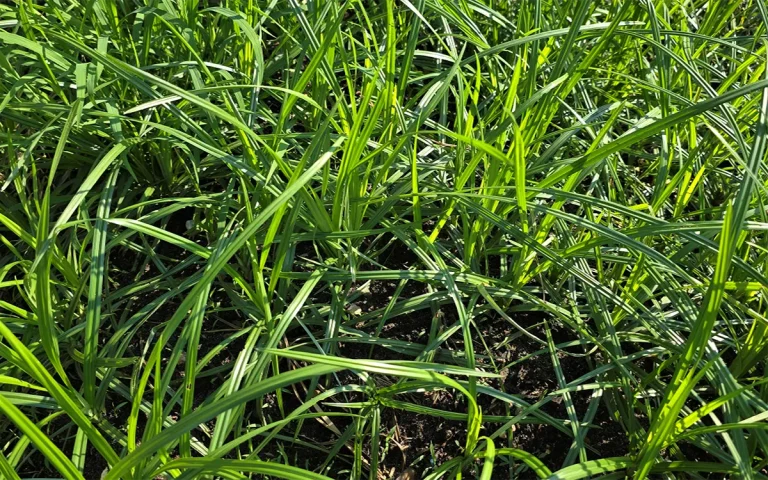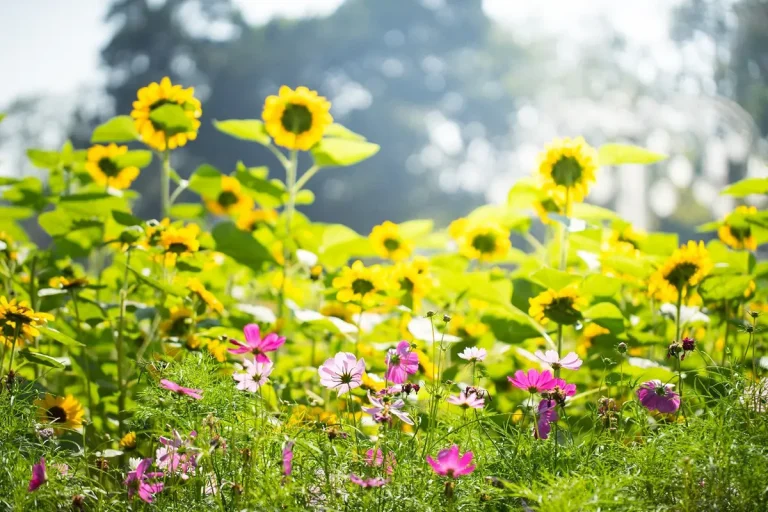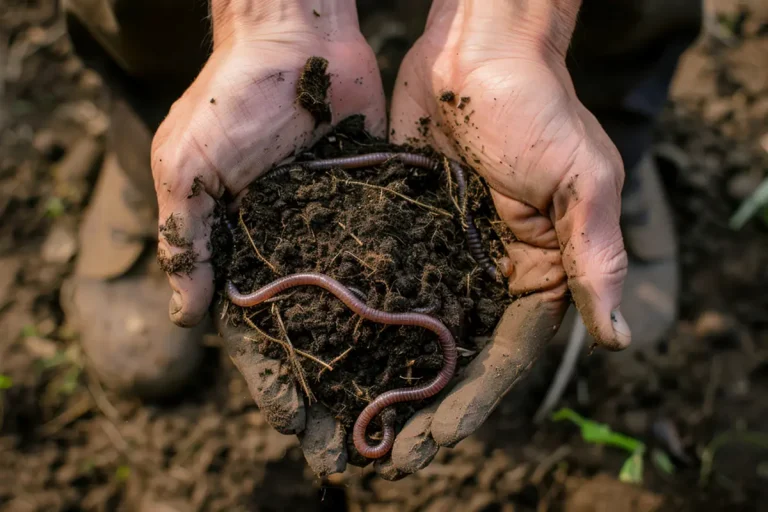May marks the beginning of the summer’s brutal heat along the Gulf Coast. Vegetables, annual ornamentals, perennials, fruit and other trees are feeling the heat. It’s time to step up your watering cycle for all your plants. Here are some things you need to do now to make sure they survive.
Vegetables to plant now
Tomatoes, the favorite fruit of many gardeners, stop producing when daytime temperatures reach 85-90°, and remain above 75° at night. If you live in USDA Zones 8b, 9a, or 9b, you’re close to being at that point. If you live in Zone10, you’re probably already there. So, it’s time to dig up those tomato plants and start preparing your summer garden.
To decide when and what to plant, see the Vegetable Gardening Planting Chart.
Keep your peppers growing and add more if you like. Put in eggplants, muskmelons, cantaloupe, okra, southern peas (crowder, blackeyes, zipper cream, purple hull varieties), add a few more peppers if you have room, pumpkins, and you might try sweet potatoes and squash (summer and winter)
Plant basil (there are more that 25 varieties) and oregano (there are 45 species), rosemary (16 varieties), mint (30 varieties). Not only are herbs wonderful as food and drink seasonings, but they also make great ornamentals.
Lawns
St. Augustine lawns ae probably the most prevalent along the Gulf Coast. Make sure you water ½ to one inch per week (only if it doesn’t rain). It’s no use to waste water (which is becoming more and more expensive as supply dwindles). Set your mower to the highest level above the ground. Part of the cause of lawn diseases, chinch bug and sod webworm infestations is grass that has been cut too short. Refrain from fertilizing during the summer heat. Wait until fall to fertilize, aerate and compost your lawn.
Ornamental Plants
Try your hand at planting some beautiful and hardy native plants. Native plants have been on this continent millennia before humans arrived. Yellow bells (Tecoma stans), zinnias, salvias, Mexican Hat, coneflower, blue mist flower, and a variety of other natives. They are pest resistant, do not need a lot (if any) watering), have beautiful blooms, and are extremely hardy.
For more info on native plants for your region, see these websites.





